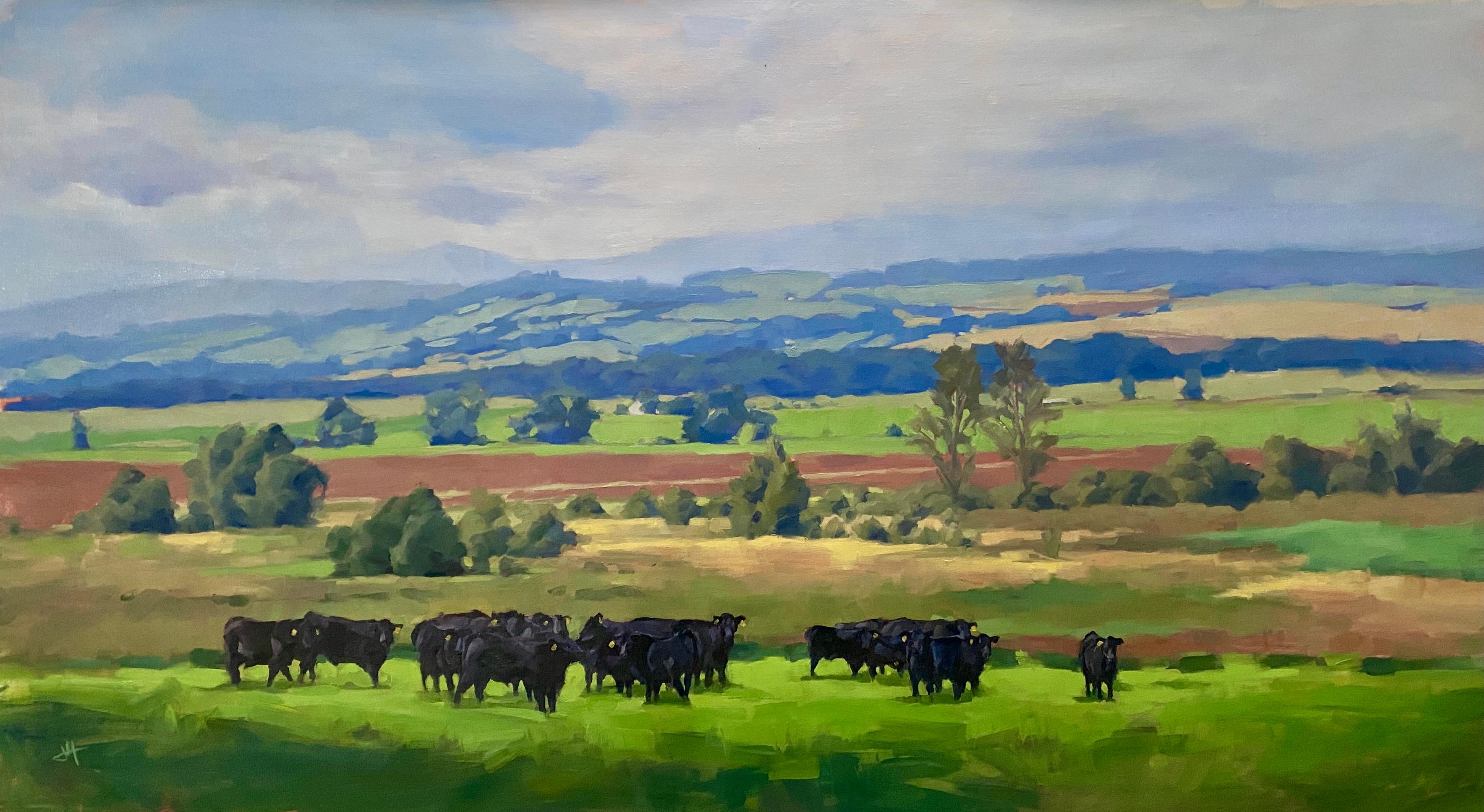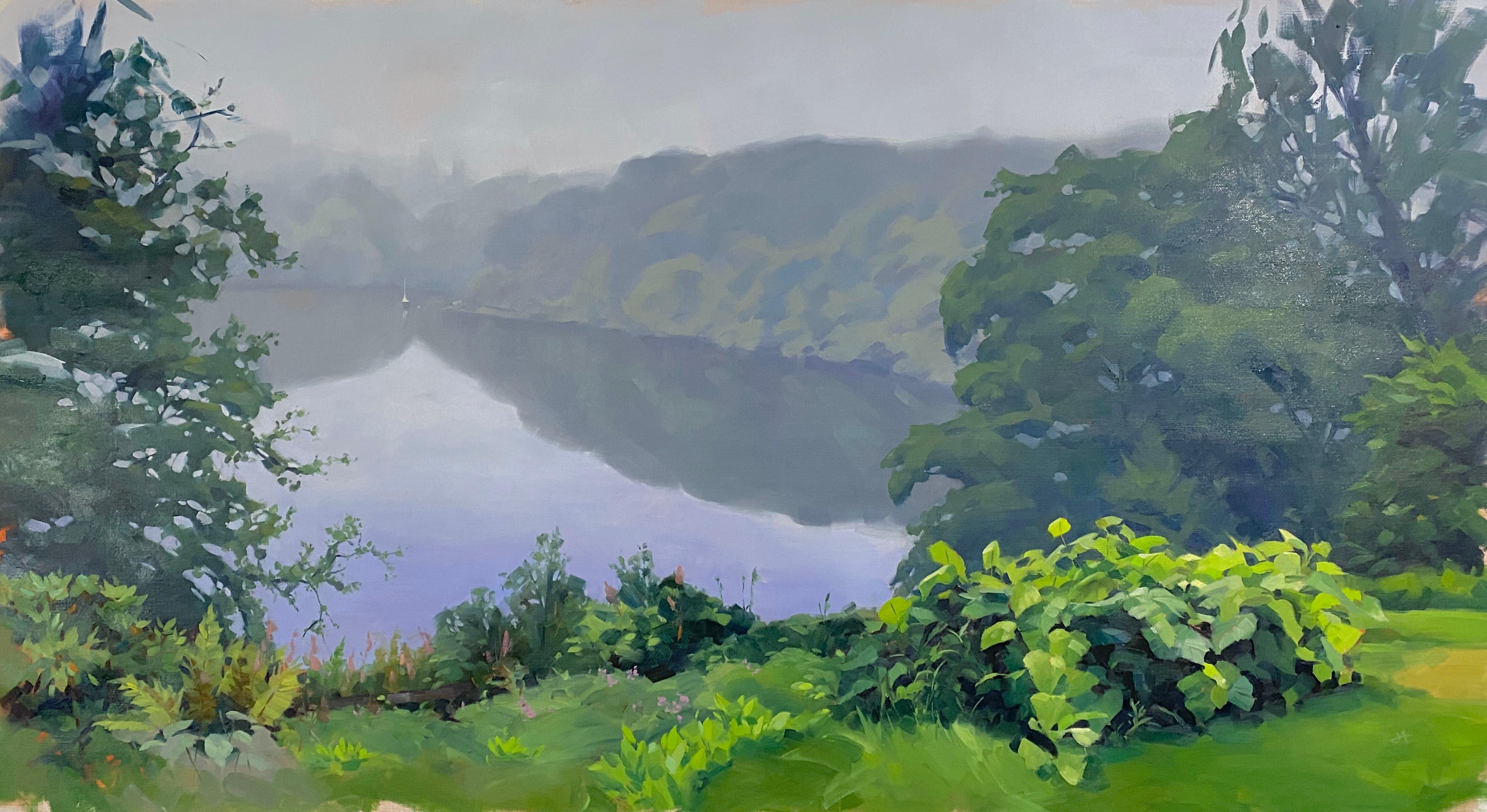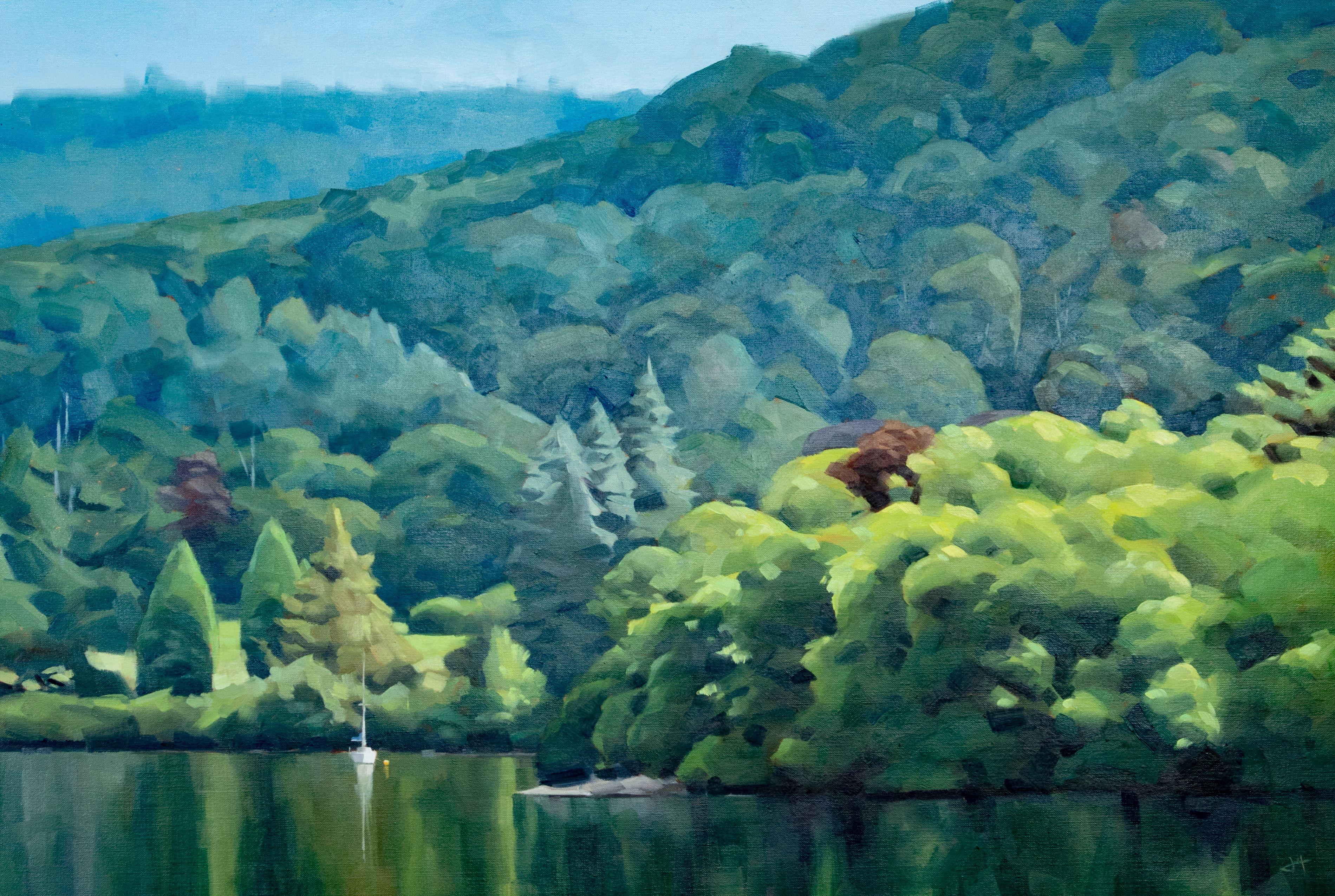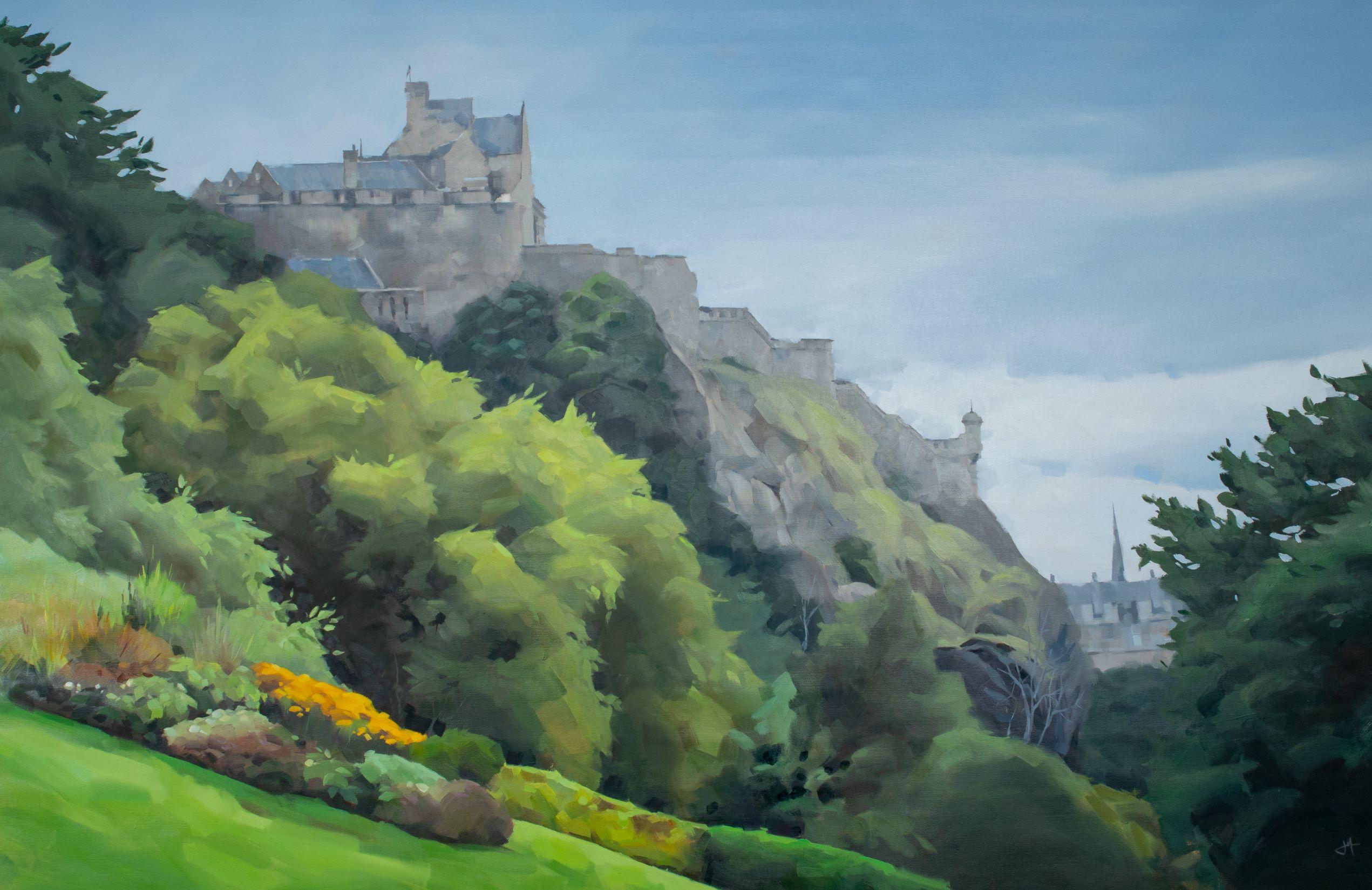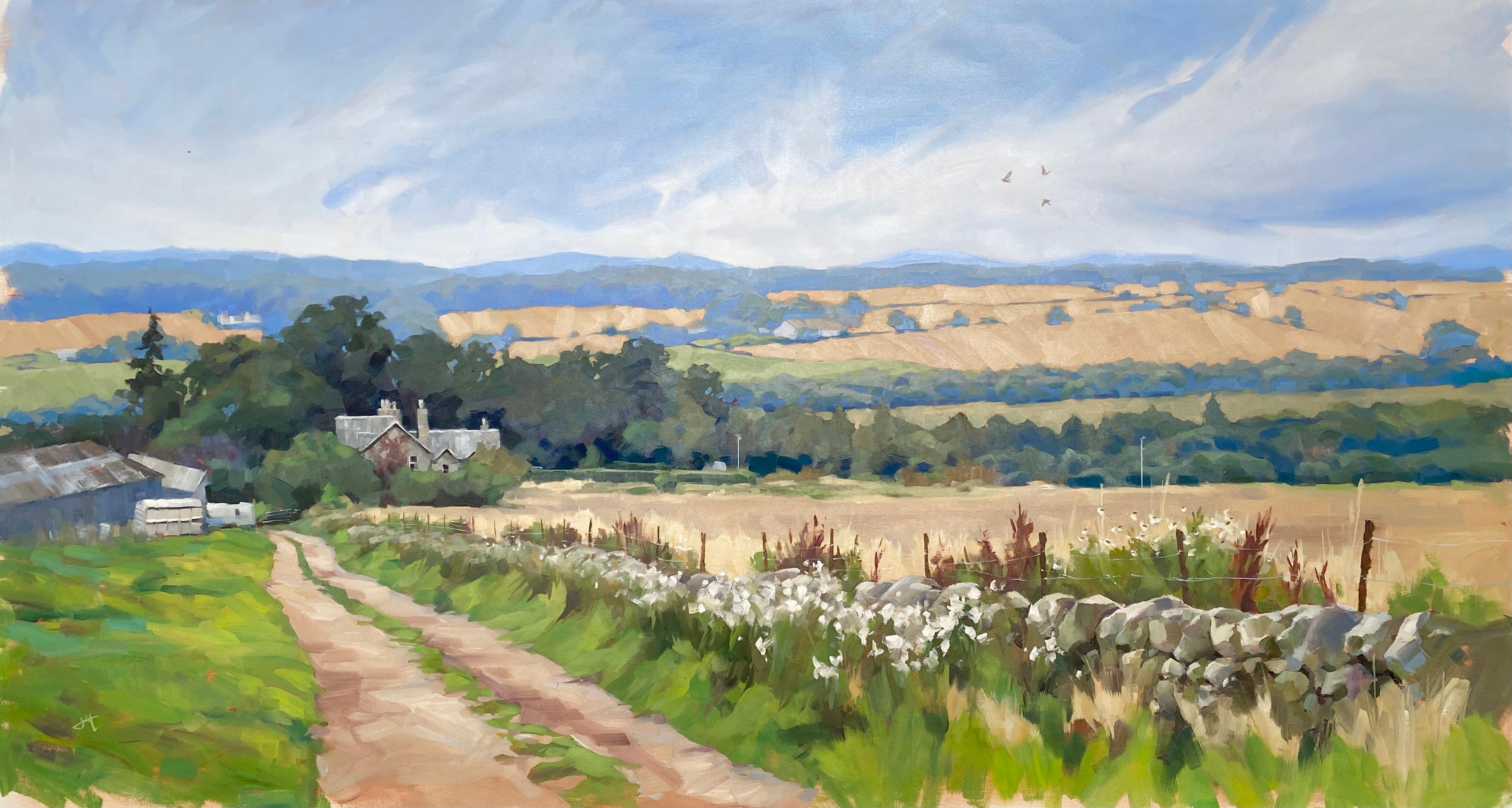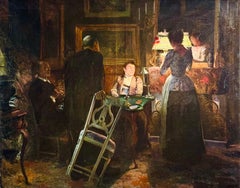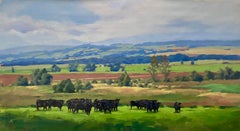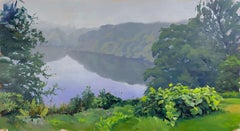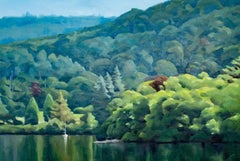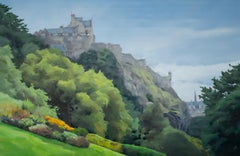"The end of the Ball", 19th Century oil on canvas by José García y Ramos
Want more images or videos?
Request additional images or videos from the seller
1 of 15
José García y Ramos"The end of the Ball", 19th Century oil on canvas by José García y Ramoscirca 1905
circa 1905
$106,707.46List Price
About the Item
- Creator:José García y Ramos (1852 - 1912)
- Creation Year:circa 1905
- Dimensions:Height: 25.99 in (66 cm)Width: 31.5 in (80 cm)
- More Editions & Sizes:66 X 80 cm.Price: $106,707
- Medium:
- Movement & Style:
- Period:
- Condition:
- Gallery Location:Madrid, ES
- Reference Number:1stDibs: LU128114745932
About the Seller
5.0
Vetted Professional Seller
Every seller passes strict standards for authenticity and reliability
Established in 1977
1stDibs seller since 2019
21 sales on 1stDibs
Typical response time: 1 hour
Authenticity Guarantee
In the unlikely event there’s an issue with an item’s authenticity, contact us within 1 year for a full refund. DetailsMoney-Back Guarantee
If your item is not as described, is damaged in transit, or does not arrive, contact us within 7 days for a full refund. Details24-Hour Cancellation
You have a 24-hour grace period in which to reconsider your purchase, with no questions asked.Vetted Professional Sellers
Our world-class sellers must adhere to strict standards for service and quality, maintaining the integrity of our listings.Price-Match Guarantee
If you find that a seller listed the same item for a lower price elsewhere, we’ll match it.Trusted Global Delivery
Our best-in-class carrier network provides specialized shipping options worldwide, including custom delivery.More From This Seller
View All"Filipino Girl Coming Down the Steps", 19th Century by Artist Fabian de la Rosa
Located in Madrid, ES
FABIAN DE LA ROSA
Filipino, 1869 - 1937
"FILIPINO GIRLO COMING DOWN THE STEPS"
signed & dated "F. de la Rosa, 1894" (lower right)
oil on canvas
42-3/4 x 23-3/4 inches (108 x 60...
Category
1890s Realist Figurative Paintings
Materials
Canvas, Oil
"Filipino Farm Workers in Horse Carriage" 19th C. Oil on Canvas by F. de la Rosa
Located in Madrid, ES
FABIAN DE LA ROSA
Filipino, 1869 - 1937
FILIPINO FARM WORKERS IN HORSE CARRIAGE
signed & dated "F. de la Rosa, 1894" (lower left)
oil on canvas
42-3/4 x 2...
Category
1890s Realist Figurative Paintings
Materials
Canvas, Oil
Partida de Tresillo
Located in Madrid, ES
JOSÉ JIMÉNEZ ARANDA
Spanish, 1837 - 1903
PARTIDA DE TRESILLO
signed, located & dated “Jz. Aranda / Madrid. 1893.” (lower right)
oil on canvas
31-1/2 x 39-1/3 inches (80 x 100 cm)
unframed
BIBLIOGRAPHY
- This picture being mentioned and illustrated in “LA ILUSTRACION ESPAÑOLA Y AMERICANA”, Madrid, September 15, 1895
- B. Pantorba, José Jiménez Aranda, 1973, p. 75, 203
- José Jiménez Aranda, 1837-1903: Centro Cultural El Monte, Seville, October 2005, illustrated p. 102
EXHIBITED
Madrid National Exhibition of 1895
PROVENANCE
Private Collection, USA
José Jiménez Aranda (7 February 1837 – 6 May 1903) was a Spanish painter and brother of the painters Luis Jiménez...
Category
1890s Realist Figurative Paintings
Materials
Oil, Canvas
"Far Away Thoughts", 19th Century Oil on Canvas by Daniel Hernández
Located in Madrid, ES
DANIEL HERNÁNDEZ
Peruvian, 1856 - 1932
FAR AWAY THOUGHTS
signed "Daniel Hernandez" (lower right)
oil on canvas
27-1/2 x 19-1/4 inches (70 x 49 cm.)
framed: 39-3/8 x 31-1/8 inches (100 x 79 cm.)
Daniel Hernández Morillo...
Category
Early 1900s Realist Figurative Paintings
Materials
Canvas, Oil
“An Orientalist Scene with Musicians and Dancer”, 19th C. Oil/Canvas by M. Rabes
By Max Rabes
Located in Madrid, ES
MAX RABES
German, 1868 - 1944
AN ORIENTALIST SCENE WITH MUSICIANS AND DANCER
signed "Max Rabes" (lower right)
oil on canvas
65 x 77-1/2 inches (164.5 x 197 cm.)
framed: 70-2/3 x 8...
Category
1910s Realist Figurative Paintings
Materials
Canvas, Oil
"Preparing for fishing", 19th Century oil on canvas by E. Martínez Cubells
By Enrique Martinez Cubells y Ruiz
Located in Madrid, ES
ENRIQUE MARTÍNEZ CUBELLS Y RUIZ
Spanish, 1874 - 1947
PREPARING FOR FISHING
signed "E. M - CUBELLS. RUIZ" (lower right)
oil on canvas laid on panel
11-1/4 X 15-1/4 inches (28.6 X 38....
Category
1910s Realist Figurative Paintings
Materials
Canvas, Oil, Panel
You May Also Like
"Local Residents, " Oil painting
By Judd Mercer
Located in Denver, CO
Judd Mercer's (US based) "Local Residents," is an original, handmade oil painting that depicts a green grassy pasture where a herd of black cows graze.
About the Artist:
Judd Mercer is a watercolor painter based in Denver, Colorado. After attending art school for industrial design, Judd pursued a career in digital design and user experience and is co-owner of Elevated Third, a Denver-based digital agency.
After committing to writing and illustrating a full-length fantasy novel in his spare time, Judd began watercolor painting around 2014, studying with teachers such as Alvaro Castagnet, Joseph Zbukvic and Herman Pekel...
Category
2010s Realist Landscape Paintings
Materials
Oil, Canvas
"Castle Grounds, " Oil painting
By Judd Mercer
Located in Denver, CO
Judd Mercer's (US based) "Castle Grounds," is an original, handmade oil painting that depicts the green shore of land that casts a reflection of its emerald hued trees and foliage into the water.
About the Artist:
Judd Mercer is a watercolor painter based in Denver, Colorado. After attending art school for industrial design, Judd pursued a career in digital design and user experience and is co-owner of Elevated Third, a Denver-based digital agency.
After committing to writing and illustrating a full-length fantasy novel in his spare time, Judd began watercolor painting around 2014, studying with teachers such as Alvaro Castagnet, Joseph Zbukvic...
Category
2010s Realist Landscape Paintings
Materials
Oil, Canvas
"Emerald Anchor, " Oil painting
By Judd Mercer
Located in Denver, CO
Judd Mercer's (US based) "Emerald Anchor," is an original, handmade oil painting that depicts the green shore of land that casts a reflection of its emeral...
Category
2010s Realist Landscape Paintings
Materials
Oil, Canvas
"Sky Castle, " Oil painting
By Judd Mercer
Located in Denver, CO
Judd Mercer's (US based) "Sky Castle," is an original, handmade oil painting that depicts a green grassy hill sloping upwards to meet lush canopies of tree...
Category
2010s Realist Landscape Paintings
Materials
Oil, Canvas
"Down the Road, " Oil painting
By Judd Mercer
Located in Denver, CO
Judd Mercer's (US based) "Down the Road," is an original, handmade oil painting that depicts a dirt country road leading down a grassy hill into a farm house and barn.
About the Artist:
Judd Mercer is a watercolor painter based in Denver, Colorado. After attending art school for industrial design, Judd pursued a career in digital design and user experience and is co-owner of Elevated Third, a Denver-based digital agency.
After committing to writing and illustrating a full-length fantasy novel in his spare time, Judd began watercolor painting around 2014, studying with teachers such as Alvaro Castagnet, Joseph Zbukvic...
Category
2010s Realist Landscape Paintings
Materials
Oil, Canvas
"Giants Shadow, " Oil painting
By Judd Mercer
Located in Denver, CO
Judd Mercer's (US based) "Giants Shadow," is an original, handmade oil painting that depicts a pastoral landscape of pasture and agriculture fields of yellow and green surrounding a ...
Category
2010s Realist Landscape Paintings
Materials
Oil, Canvas
